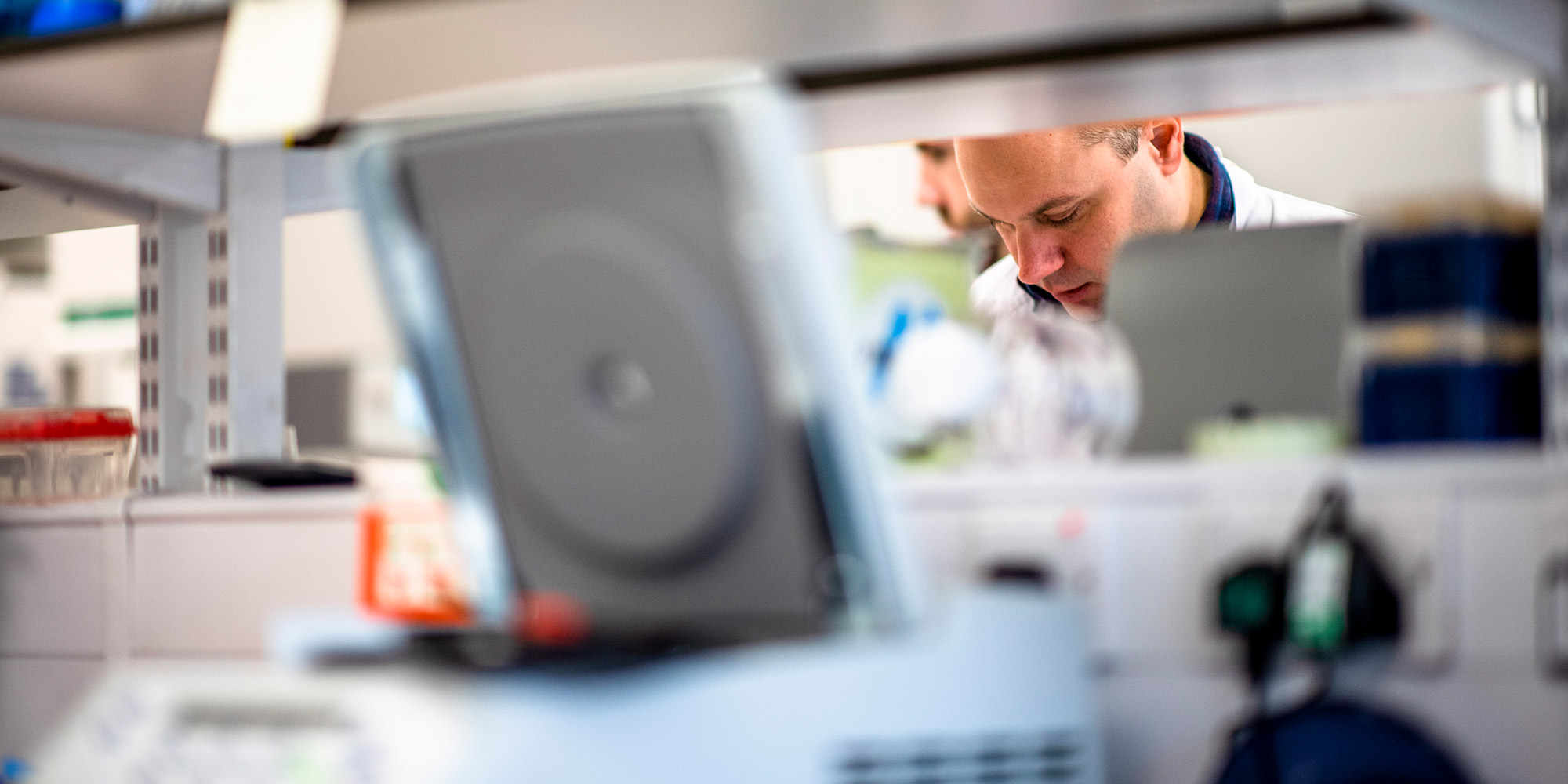

Batteries and Spyglasses Not Included
Graphene has been hailed as a new wonder material, yet since its discovery at Manchester University in 2004 the UK accounts for less than 1% of total graphene patents filed worldwide. To compete on the international stage, we need a more robust commitment from the government to support patent applications in this area or risk gifting yet another invention to the world.
The race to commercialise graphene is fierce. According to research from the UK Intellectual Property Office (UKIPO) ‘Graphene: the Worldwide Patent Landscape in 2015’, there are currently 13,355 patent families worldwide related to graphene, comprising 25,855 patent applications.
A massive 47% of those applications were first filed in China, followed by 18% in the United States, 13% in South Korea and the remaining 22% in other jurisdictions. Sadly, the UK, where the material was first isolated, accounts for less than 1% of graphene-related first filings.
In terms of the top 20 applicants for graphene-related patent filings, Korea’s Samsung tops the list with just shy of 500 patent families. It is followed by China’s Ocean’s King Lighting in second place, the Korea Advanced Institute for Science and Technology (KAIST) in third and IBM in fourth. Of the remaining 16 top applicants, two are South Korean and 13 are Chinese, with 12 of those being academic or research institutions.
The “buzz” around graphene seems justified, with applications as diverse as hyper-fast computers, foldable mobile phones and super-strong aircraft wings.
China has gone into patent overdrive in recent years and questions are often asked about the quality of their submissions, and how many of them are actually the result of meeting quotas handed down from central government. Still, it’s not unreasonable to assume that among their patents, there is going to be a sizable number that cover technologies that will, one day, prove to be significant.
China has invested in half a dozen “Graphene Industry Parks” which host research institutes and business incubators side by side. Manufacturers enjoy reduced infrastructure costs and are not expected to repay government grants.
By comparison we’ve got the National Graphene Institute (NGI) based at Manchester University, an institution which first split the atom and built the world’s first radio telescope. Housing 200 academic researchers, and part funded with £38 million from the UK government, plus a further £120 million from abroad (including the EU), the NGI opened its doors in March this year.
The NGI is now actively encouraging industrial partners to work alongside its academics to bring real-world graphene applications to fruition. But aside from a dimmable LED lightbulb that can cut energy costs by at least 10%, there aren’t yet any notable commercial success stories in the UK.
Faced with the financial muscle from competing countries, the UK runs a risk of being side-lined into niche areas of graphene technology. It remains to be seen if the Chinese and South Koreans have anything of substance. The UK needs to take a bigger grip of its discoveries and innovations by including upstream spyglasses and downstream batteries in its new technology flagships.
Sidestepping the ‘spyglasses not included’ model
Bricks and mortar institutes for advanced technologies, like the Francis Crick Institute, are not enough if the state fails to invest in upstream patent intelligence programmes. Small numbers of competitive intelligence specialists, focussed on patent landscapes, should be attached on a short-term basis (~3 per project) to flagship infrastructure projects, three years upstream of the practical completion of the buildings. Specifically, their focus should be on using a ‘spyglass’ approach in forecasting competitors’ patents, rather than traditional retrospective patent informatics. These specialists should be able to directly influence, without fear, the strategic direction of these institutes.
Downstream, we also need greater interaction between scientists, engineers and the patents specialists to mark up the quality of our competitors’ existing and prospective patents. There is currently no sign of these specialist functions anywhere in UK.
UK plc should be occupying the commanding heights first, rather than reconnoitring occupied heights (see Thomson Reuters’ Aureka ThemeMap™.)
Sidestepping the ‘batteries not included’ model
The UK government already provides advice and support, of sorts, for small businesses about protecting IP, including Intellectual Property for Business; it also provides various tax relief schemes to make investing in start-up companies more attractive; and it provides tax relief for companies in relation to filing patent applications through its Patent Boxscheme. Indirectly, start-ups also receive extensive assistance from the patent specialists embedded in UK universities.
While these are all very worthwhile measures, it sadly represents a minimalist approach or ‘batteries not included’ business model that is so beloved of the UK government when it comes to innovation funding. Perhaps it is time to explore ways for the state to become directly involved in boosting our patent filings, for example by making special low interest / deferred loans available during the narrow window of opportunity for protecting IP, typically very early in the product development cycle.
The future
At the end of the day – as the NGI notes – the success of the UK’s graphene research and development will largely boil down to the quality of our technology and the quality of our patent protection. However, I would suggest that we can’t engage in a strategic global race to commercialise new technologies without going beyond that to establish an effective counterbalance to the vast number of potential competitors’ patents. Right now, the glut of non-UK originating graphene patent applications look like a series of expensive ransom notes.
To this end, we need to develop strategic competitive intelligence resources along similar lines to France’s Department of Economic Security at NHESJ, which provides high-level training and is an interface between the public and private sectors in areas with high intellectual property stakes.
A UK flavour could be an intense patent intelligence informatics capability, providing even small start-ups with a greater understanding of the competitive landscape and major patent threats.
It could be years before we see a meaningful raft of graphene applications transformed into a commercial reality, but in the meantime the market is being quietly sewn up. There is still time to intervene and preserve our technological legacy, otherwise graphene, like the computer, the telephone, television, the World Wide Web and touchscreen technology – all UK inventions to some degree – will just be another UK gift to the world and a footnote in its scientific history.
Dr. Ramsay Richmond is Executive Manager at the QMB Innovation Centre in Whitechapel. He has spent over 25 years in the European life sciences industry covering research, consultancy and business development. This article gives the views of the author and is not the position of Queen Mary BioEnterprises Ltd. or Queen Mary University of London.
